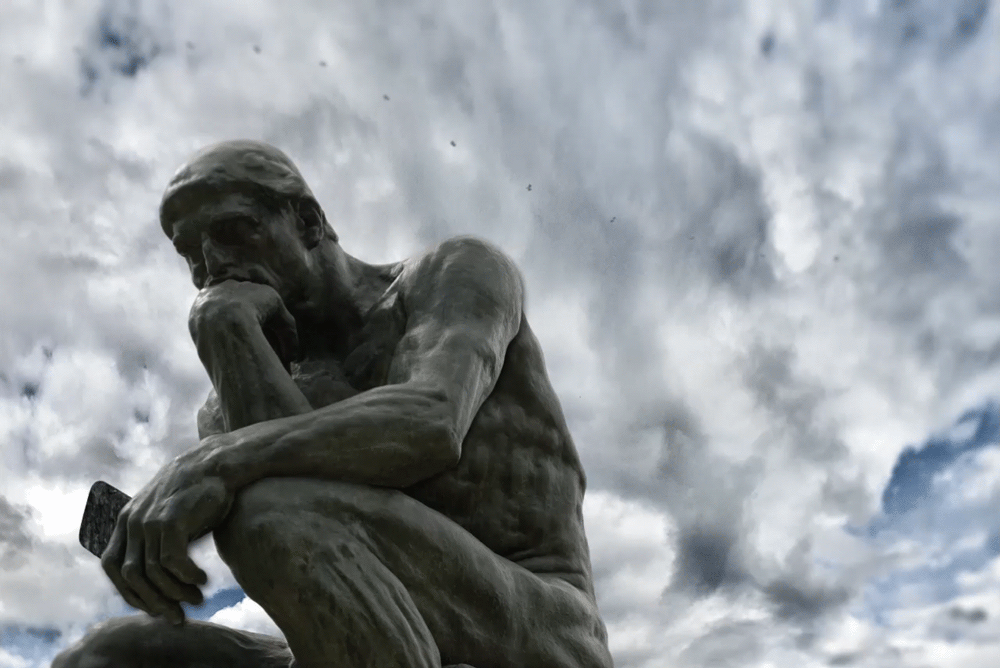What is news? Who gets to define that term?
These are questions that I ask students when I teach journalism during their freshman year in college.
It sounds like a simple question — but increasingly an important one as we examine trends in recent religion coverage in the news media.
The bottom line: There is a trend where many religion stories — especially those regarding Catholicism — receive zero coverage whatsoever in the secular mainstream press. However, stories about evangelicals, Anglicans, Eastern Orthodoxy and other faiths have also vanished or never appeared in the first place.
When some issues do get coverage, it’s often because it has more to do with politics than debates about doctrine, theology or faith. Why?
That’s the key question.
It takes us back to the original question: What is news?
This trend includes Catholic stories that I have written about here — vandalism of churches/pro-life centers and the FBI spying on parishioners — and others that I have not regarding other faith traditions such as the split in the Anglican Communion.
All of these stories are news — “big” news, even. However, they clash with what left-leaning readers of major legacy news organizations want to see and hear in the publications that they support with their online clicks and subscription payments. That appears to affect a majority of elite editors and reporters (click here for tmatt’s Religion & Liberty manifesto on that topic).
Coverage of these stories either never happened or just vanished, like the manifesto of the Nashville school shooter. Regarding Catholic storylines, a recent First Things essay — written by a prominent American bishop — that all but accused a cardinal of heresy never drew any mainstream media ink.
Neither have the statements of a progressive cardinal who now heads the pro-life Vatican office who says he has no issue with euthanasia.










